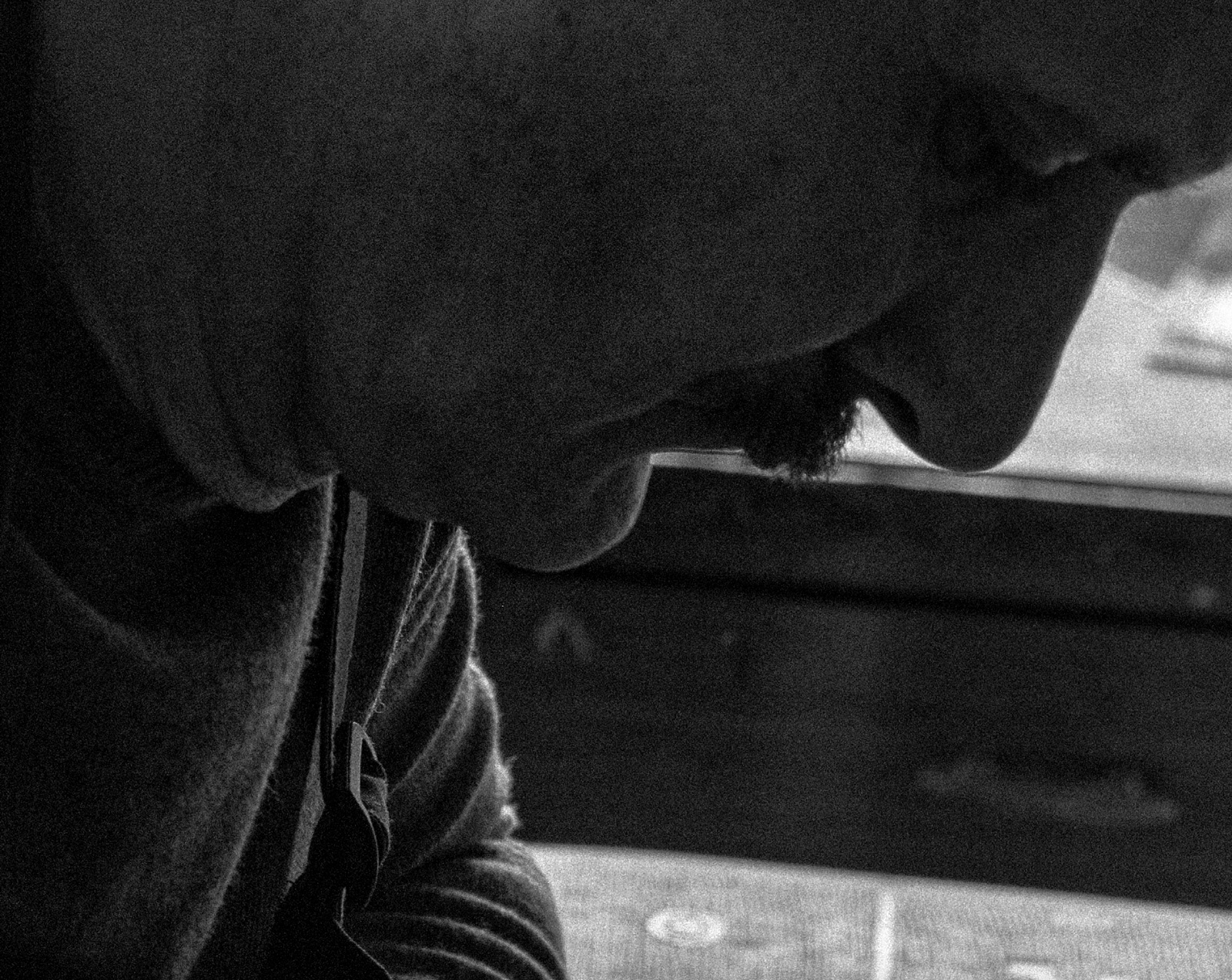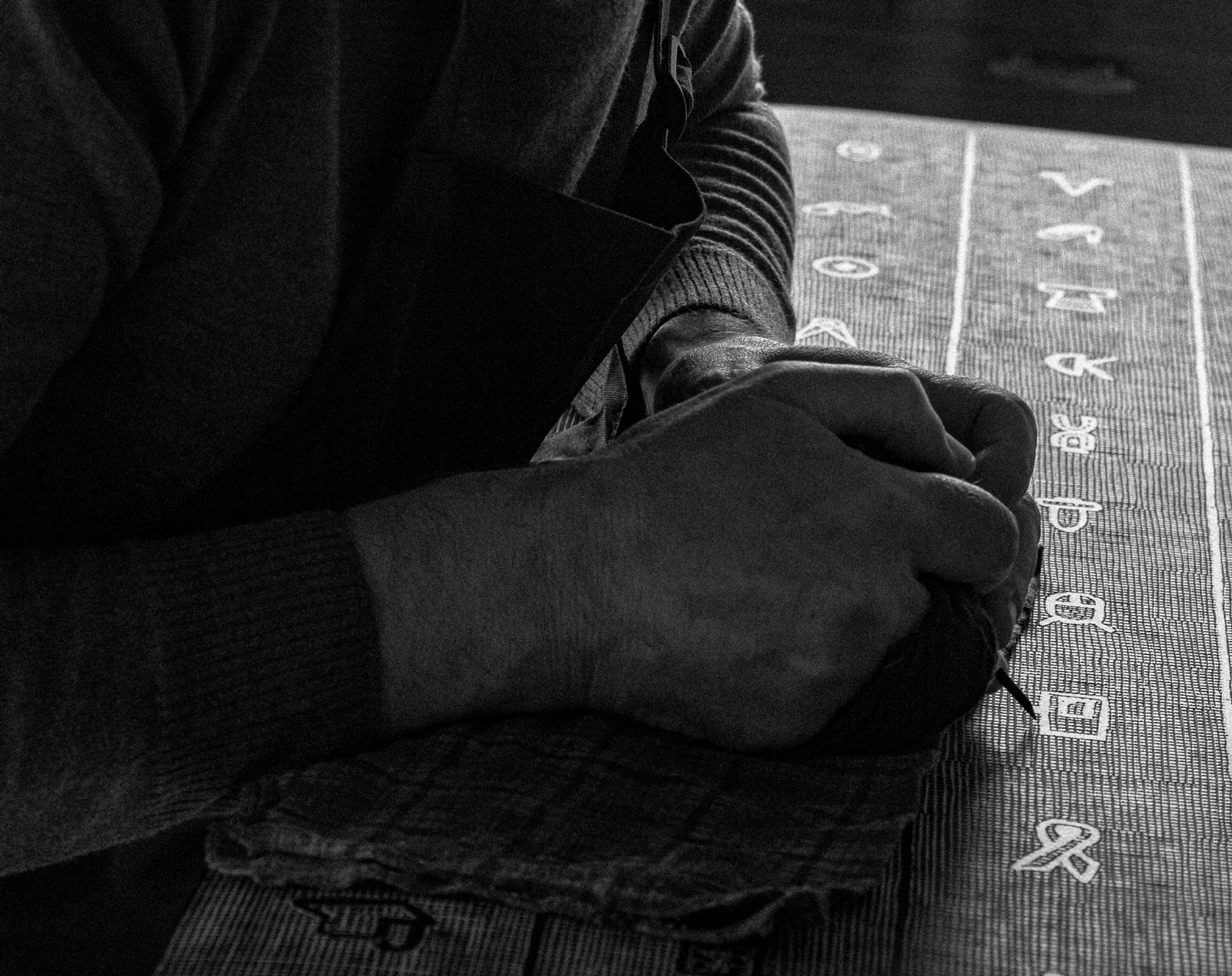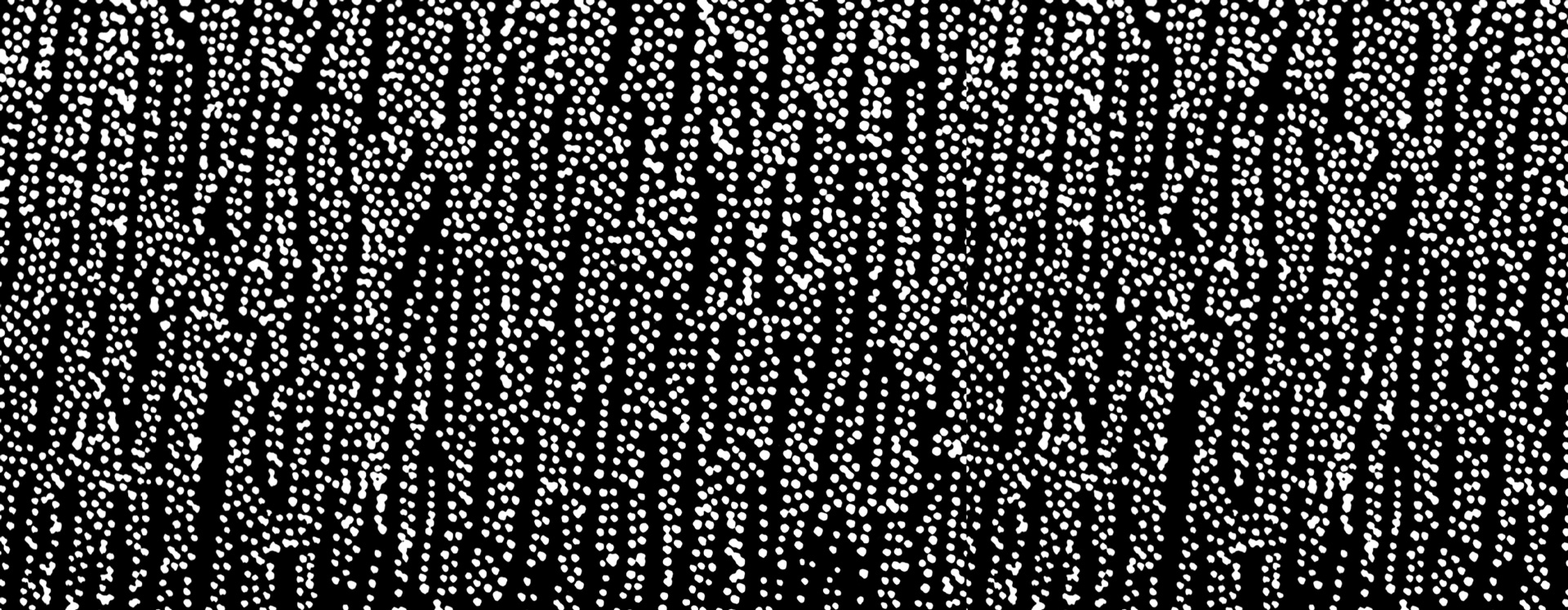He was born on 18th March 1960 in Lublin. In 1983 he started studying in the Institute of Artistic Education at Maria Curie-Skłodowska University (umcs) in Lublin. In the year 1989 he obtained his diploma with distinction in the painting studio of Professor Marian Stelmasik. In the same year he started working as an artistic education teacher at the Primary School No. 14 in Lublin. For his didactic and educational work he obtained the School Principal’s award and in the year 1994 he obtained the Mayor of Lublin Award. In 1990 he was admitted to Polish Visual Artists’ Association (zpap) on the basis of his works. Since 1996 he has been a member of the managing board of the Lublin Circle of zpap and a member of the program council for the Pod podłogą Gallery.
In the year 1997 he was employed as an assistant lecturer in the Graphic Art Department at the Faculty of arts umcs in Lublin. In 2001, by virtue of the resolution passed by the Council of the Faculty of Graphic Art at the Academy of Fine Arts in Warsaw he obtained 1st degree qualification in visual arts, artistic discipline: graphic art. Since 2001 he has been working as a lecturer in the department of Graphic Art I in the Faculty of Arts at the umcs in Lublin. In the year 2001 he obtained 2nd Degree umcs Rector’s/President’s/ Award for his artistic and educational work, and in the year 2002 he was awarded the Silver Cross
Memory, emotions and images
Memory is one of the basic determinants of existence. It is manifested in many different ways and has a diverse nature. It is memory that constitutes a significant factor in forming our personality, as well as our view upon the world, objects and beings filling it up, as well as impressions and events. Our understanding and sensing the world to a significant extent has been conditioned by experiences. Each of us builds their own, unique mental iconosphere[1], where, almost magically, images, sounds, scents, feelings, or traces of experiences and emotional states coexist. All that overlaps the rational knowledge, as if filtering it, giving individual understanding of the world. In fact, we can always see and feel through the prism and tracing papers of previous experiences. The mental iconosphere is a specific self-propelling mechanism, where experiences of the past are combined with the current ones and now, together, they build the elements of images of the future. Casually, we create maps of comparisons, similarities of various relationships and correlations. What is fascinating is that during recalling passed moments and experiences, we frequently experience synesthesia. It is in our mind that we can see with scents or sounds, and music suddenly becomes a tangible (touch) value. It is imagination that allows combining seemingly inconsistent or remote events. Such a mind map is in the continuous process of creating and processing, so it will never repeat the same matrix of the experience. Exploring these fields of memory may bring results that are surprising even for us. It is going deep into our own consciousness allows to, at least partially, reconstruct the paths of associations. Translated into the visual language, they may bring fantastic narrations, saturated with emotions and intimate in their nature.
This is so in the case of works by Krzysztof Szymanowicz, who thirty years ago got fascinated with the game between what is external, experienced, and the internal interpretation of the surrounding reality and the symbolic memory of what we encounter. He has consequently followed that path until today. If I were to characterize his works with one short password, I would try and find some suggestive indication of image-creating role of the term referred to in the previous paragraph. Perhaps the expression taking notes from the mental iconosphere would be suitable here. Why? Because each of the graphic works by this artist, describing what is external in fact goes very deep into the internal sphere, characterized by an individual view upon the world, intimate in its nature. Therefore, Szymanowicz fully exploits the wealth of his own mental iconosphere. He also takes advantage of the natural process of iconizing sensations, which allows us to perceive the world in symbolic categories. In this perspective the description of reality is frequently created by tangible objects-artifacts. These fetishes represent concrete sensations, feelings and emotions. They allow for shortcuts in associations, co-creating the mind map of our experiences. Taking advantage of the symbolic power of objects Szymanowicz re-creates the reality, where, to our surprise, we notice the paradox of the telling absence. Focused on other people or oneself, visual narrations, take place without their main protagonists, which does not mean that they are defective, or deprived of depth and profoundness. The specific objects-fetishes talk for people. It is similar with imaging the sphere of feelings and sensations.

The omnipresent object, even the most trivial and ordinary one, in Szymanowicz’s works experiences different levels of iconization. Once it is presented with diligence, even brutal literality, in other case it is reduced nearly to a graphic, hieroglyphic sign. The author extremely easily confronts illusiveness with the far-reaching synthesis of image, typical of typography. In his creations he perfectly takes advantage of the technology potential, brings out its hidden possibilities. However, it is worth emphasizing that in his works it has always been a way to and not the purpose as such.
Technical and technological attributes in Szymanowicz’s graphic creation

K. Szymanowicz, In his workshop pt. 1

K. Szymanowicz, In his workshop pt. 2
The linoleum print that Szymanowicz remains faithful from the beginning of his path of graphic art, is regarded as one of the less complicated graphic techniques in its process, and at the same time easy to learn ones. Indeed, the technical and technological rudiments of that variant of convex print can be easily mastered, also the mechanical cut of extremely plastic material of the matrix is not very problematic, it does not even require very refined tools. The problem is that the rudiments specify the so-called minimum and not the essence of the subject. For instance, they do not specify its whole potential and variety. Usually, what is easy at the beginning, gets extremely complicated in the further process of cognition and mastering. In convex printing the main principle of creating an image can be compared to the stamp effect – what is convex, transports the paint. Thus, the graphic artist removes all the redundant parts of the matrix plane, not to be printed on. Wanting to build the line composition one should perform a specific inversion of acting, describing the lines building the composition with cuts, unless... and here the first problems begin. In fact, the author has many possibilities of choosing a strategy. They can, for instance decides that it is the non-printing element that builds the compositional and image structure (like in the classic stone-print and white woodcut engraving). They can also decide to choose a hybrid solution, where both the printing and non-printing line will complementarily build the visual and structural order of the work. And yet it is still the beginning of linoleum printing possibilities. Instead of a line a stain may appear, or another plane form, or it can even be replaced by a pointillist mark of a hit with a tool (a dot or another centric accent of a form derived from the shape of the applied tool). The latter solution, called point linoleum print, has already got its tradition in our country. Józef Gielniak[2] is regarded as its father. Works made in that technique resemble in their effects the tone solutions applied in gravure printing: mezzotint, aquatint or
The diary effect — recreating the mental iconosphere
dotted rite[3]. As to the proceedings only in the last one similar proceedings are in force, except that in linoleum print it is not the trace of the tool that will accept the paint. It is with the point linocut that Krzysztof Szymanowicz is most frequently associated with. Many of his works reveal perfect mastering of that sophisticated way of building graphic image. However, it should be clearly stated that identifying the artist exclusively with that variant of convex print would be an extreme simplification. Although the author himself emphasized many times that his interest in point technique seemed to initiate his serious liaison with graphic art, however, from his very first works he tried to test its possibilities in a very versatile way and adjust the effects to the specificity of the message. Already in the works created in the first half of the 1990s the tint modeling of the detail is very differentiated thanks to which the compositions seem to be slightly vibrating, acquiring nearly textural character. Although he did not make any longer cuts at that time, yet he adjusted the workout with a dot in such a way as to make the remaining parts of the matrix give a conspicuous line value. In the subsequent years he bravely combined the point workout with different variants of forming an image with a line. He consciously confronted these ways with each other, and even opposed them to the remaining planes printing in black (e.g. Talking to oneself). Having got closely acquainted with a range of the artist’s works it becomes clear that he incessantly and persistently broadens his repertoire of effects. In certain compositions he rigorously applies the principles of point techniques, in others, he freely breaks the homogeneity of the graphic language, introducing surprising solutions. The repertoire of the ways he uses to work out the linoleum print matrix is not only various, but it is also used very flexibly and originally. The graphic artist frequently quite freely combines point linocut with the classic convex print, and even its white-tabloid protrusion variant. He frequently enriches his artistic expression with blind elements and even a form of collage assembling of prints. Differentiating the effects from a distinct line to working with tone or even a homogeneous stain, is of extremely well considered nature. Here the aim is to build a conspicuous, suggestive and multi-planar poetics of the image. And what is it like? The works themselves can answer that question.

One of the significant features of Szymanowicz’s graphic art is a specific spreading between the precision of linoleum print matrix cutting techniques, and sensitivity, as well as painter’s thinking. It is the experience of the brush that had an enormous effect upon fast formation of variable repertoire of formal and technical solutions. Free combining of point technique with a vast gamut of cuts was to somehow transfer the painter’s gesture , specific tracing the surface of canvas with the brush into the area of graphic art. Such is the nature of at least the fleshly, almost physical, tangible over-printing of subsequent layers of paint, or strong embossing of the paper surface, leaving a relief trace. All this influences the character of the works, making the mechanic printout assume the expression of a creative hand from the matrices.
Becoming aware of the presence of a painter’s genome in the graphics of the Lublin artist must generate a question about the essence of these relationships. Are the effects revealed only on the level of the technique and visual language, or are they of much deeper nature? A clear answer to that question is given already by Szymanowicz’s early graphic attempts. In the cycle Everyday life he develops the compositional model worked out in painting with a characteristic shield and the agreed, simply iconic nature of the objects presented in his images[4]. Also , in the image itself they constitute a methodical continuation of the formerly formed idea of telling the world through the prism and expression of the internal I. In this context one can risk stating that it is a consistent transferring of the narration language developed in painting and the contents it hides, that as if naturally forced the author to seek the most appropriate technical and formal solutions. That is why already first graphic prints from Everyday life are characterized by vast, though maybe still not fully ordered, performance awareness and persistence in building the message.
When I first encountered the early graphic prints by Szymanowicz, the associations evoked by them led me straight to the works of two artists who lived more than one hundred years before: Vincent van Gogh and Max Klinger[5]. Although both the stylistics of their work and the manner of building the message were completely different, yet some of their
features were yet some of their features were closely connected one with another. In the subsequent editions of the famous Pairs of shoes by van Gogh there is also an almost mystic expression of shabby clogs and sabatons. In their suggestive deformations and injuries we subcutaneously sense the presence of their owners, as if they were a form assuming the elements of human being. It is similar with the inside of the room where a pipe and shoes placed on the table tell the story of the one who is not there. Although Szymanowicz’s works are in many ways different from the recalled paintings by van Gogh, they certainly have a common approach to the prop-attribute. Its symbolical dimension in both of them is the resultant of the will to describe indirectly without the necessity of referring directly to the described object. The correlation with Klinger’s works looks slightly different, especially with his cycle The Glove. In these graphic realizations the object – a piece of clothing, not as much describing what becomes a specific release of internal emotions. It becomes a fetish , allowing interpreting the real world through the prism of emotions, guesses and not fully realized own fears of the protagonist-narrator. What is significant, almost the whole narration goes on inside his head, making the gravity center distinctly shift here from the description upon his own, iconospheric vision. It is that symbolic shifting of the bridge between the experience of the external world and their internal interpretation makes the works of both the authors close to each other.
The graphic art by Krzysztof Szymanowicz is, for many reasons, an extremely fascinating area. An excellent graphic workshop and flexible approach to surprising combinations of classical methods of matrix workout and ways of printing make these works extremely visually attractive, often picturesque (painting-like) in their nature. However, that is not the purpose of his artistic work. All the technical and formal procedures have not only been subjected to building the vivid language of artistic utterance, but at the same time they became a significant element of the transmission. They co-create a symbolic reflection of human memory, the nature of individuals and their emotions. They also provide for suggestive depiction of processes accompanying the processes of building and lasting of memory. In this persistent, creative exploration the subsequent works can surprise you with their simultaneous similarity and difference. The diligent revealing of tiny details sometimes passes into a monumental synthesis, and the meticulous jotting down of a delicate chiaroscuro into a bold expression and freedom of signs forming an image. Like in painting Szymanowicz perfectly confronts different strategies one with another.